What does the deep ocean sound like? Is it truly silent or have we just not been listening closely enough? And what could those sounds tell us about the ocean?
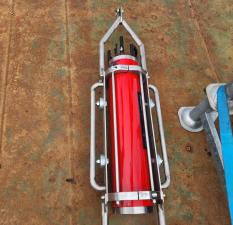
A pioneering new project led by the National Oceanography Centre (NOC), supported by the NERC-funded Atlantis programme, is setting out to explore these questions.
Using highly sensitive underwater microphones known as hydrophones, scientists will listen in at two key sites in the Northeast Atlantic, including the unique Porcupine Abyssal Plain Sustained Observatory (PAP-SO), which marks 40 years as a sentinel of deep-sea science this year.
By capturing sounds beyond the reach of sight or conventional instruments, researchers hope to reveal a hidden layer of ocean life—offering fresh insight into biodiversity, human impact and the true nature of this remote environment.
While NOC scientist Dr Dara Farrell is out at sea helping to deploy the instruments, Dr Emma Gregory, supporting from onshore explained more.
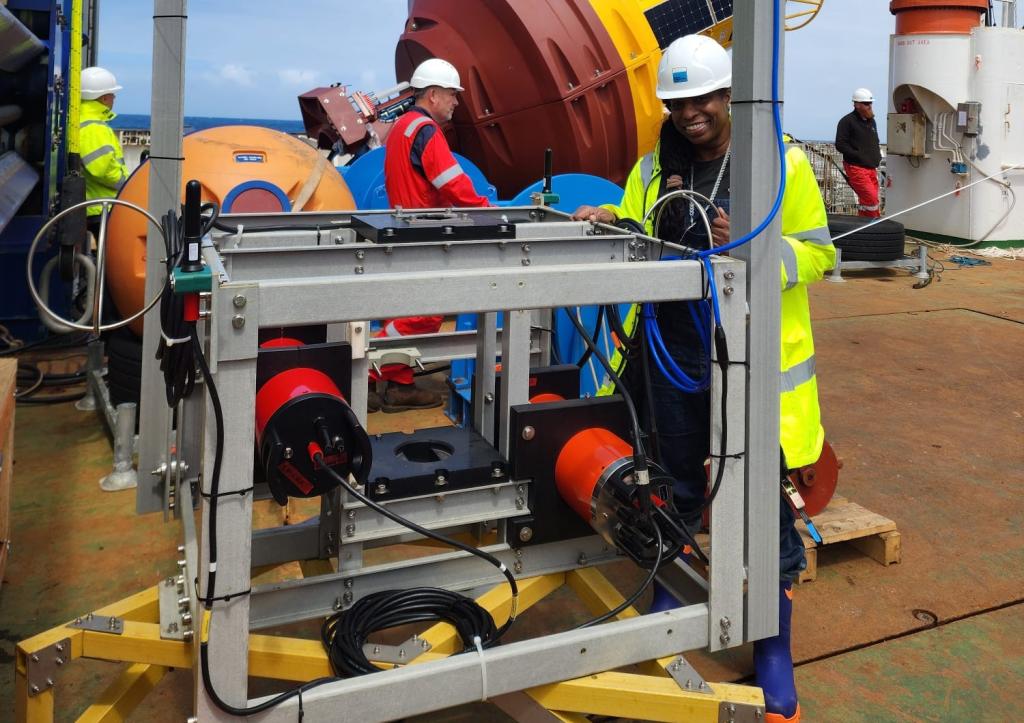
Challenging acoustic assumptions in the deep ocean
Until the last century, it was thought that the deep ocean contained little life. Vast swathes of the deep ocean floor were considered deserts.
Today, we know a lot more through deep-sea expeditions, and the long-term deployment of visual, physical, chemical and biological sensors.
But there’s one significant dimension we’ve not yet given a great deal of attention to; the soundscape of the deep ocean.
Now, a project led by NOC will find out just what can be heard, from the UK’s continental slope down to the deep abyssal seafloor far out in the northeast Atlantic Ocean, evolving our understanding of the ocean depths and impacts of human activities.
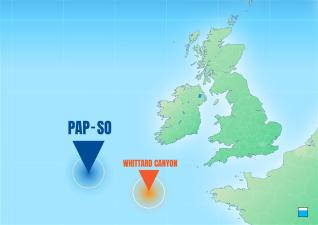
Recording new deep sea soundscapes
Funded by NOC and the UK's Natural Environment Research Council (NERC) funded Atlantis programme, the project is setting out to listen to the ocean at two sites in the northeast Atlantic Ocean, PAP-SO, a nearly 5,000 m deep site, about 800 km west of Lands End, and the Whittard Canyon, on the continental slope.
The goal is to monitor the influence of local and distant shipping, fishing, natural processes like turbidity currents (fast, underwater flows of sediments) and storms, as well as the presence and movement of elusive marine mammals like beaked whales.
“Surprisingly, there’s very little we know about what it sounds like at these depths,” says Dr Gregory. “By adding acoustic sensors to a long-term deep-sea monitoring site like PAP-SO, we’re taking a significant step forward in long-term deep-sea acoustic monitoring. This could offer promising new insights into both environmental change and the rich, largely unexplored soundscapes of the deep ocean.”
Recording a baseline for new insights
A total of seven hydrophones are being deployed across the PAP-SO and Whittard Canyon sites for up to a year, by scientists onboard the RRS James Cook. One will be installed on a mooring at PAP-SO, a site that’s about mid-way between the continental shelf and the mid-Atlantic Ridge, making it as far from anywhere in the deep North Atlantic as you can get.
This will be deployed for a full year. The goal is to get a baseline for this deep abyssal setting that can then be looked at alongside all the existing measurements made at PAP-SO.
It is hoped this will become one of the long-term sensors at PAP-SO, expanding the ways we can monitor and track changes in this type of deep-sea environment.
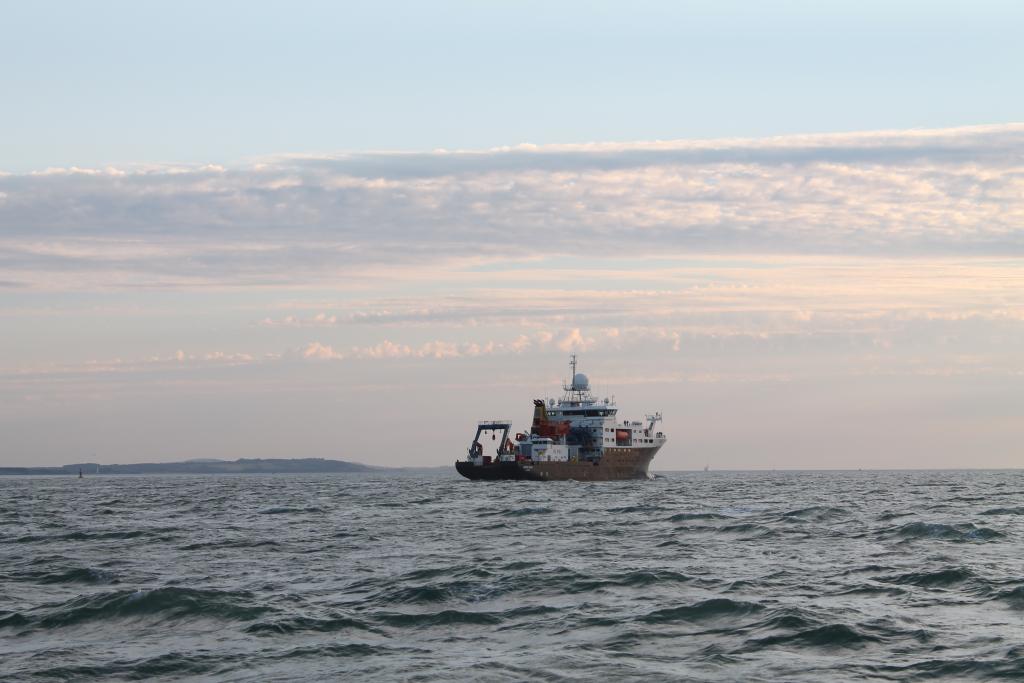
Listening to the continental slope
Three sets of hydrophones will also be deployed at the Whittard Canyon site, about 250 miles southwest of Ireland at the edge of the continental shelf, which drops away to around 2,000 m deep, making it a very dynamic environment.
One will be on the main Whittard mooring, also for a full year and hopefully longer term after that. This will be the same type of hydrophone as the one at the PAP-SO site, allowing the team to compare the data directly. This means they will be able to see differences between the two locations and correlate these with other data also collected at both sites, bringing previously unknown insights.
The other two hydrophone sites will be in the Canyons Marine Protected Area (MPA), an area known for its unique biodiversity One of these will be on a mooring within a smaller canyon.
The second is an exciting pilot project, consisting of four hydrophones connected together on a lander – a structure used to house instruments on the seabed. This will allow the team to locate and then track where sounds come from as they move through the water, such as from marine mammals as they pass. This will be deployed for four months, from June to September.
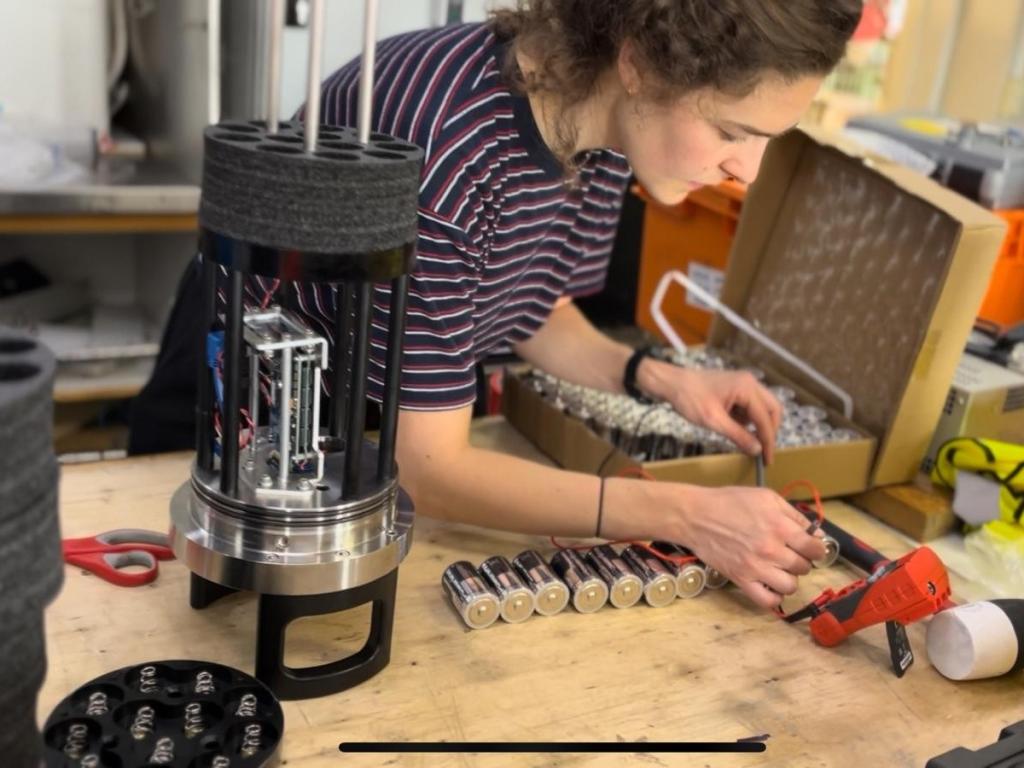
New insights into turbidity currents
“An exciting element of the Whittard Canyon site is the potential to ‘listen to’ and therefore monitor turbidity currents,” says Dr Gregory. “These are fast-moving sediment flows – underwater avalanches of muddy water and sediment that rush down the slopes of the ocean floor – that are important for nutrient and carbon transfer and more.” But the scientists are also keen to find out what they can hear from all and any marine life, as well as ‘hearing’ what impact ships and other sound sources have on life in the ocean.
Hydrophones are usually deployed around the coastline to monitor marine mammals, such as the COMPASS network along the coast of west Scotland. But longer-term monitoring at deep sea sites is less common, so there’s a lot we don’t know.
“By having hydrophones at Whittard and PAP-SO, we’re hoping to see what else we can learn, both about the deep abyssal environment far from the coast, but also an active, potentially noisy, canyon on the continental slope,” says Dr Gregory.
“Across both, there’s very little we know about what the soundscape is like, whether shipping noise reaches both, what other sounds we might hear. Between the two sites there are different processes and species that we could learn about, so it should be a really interesting project.”
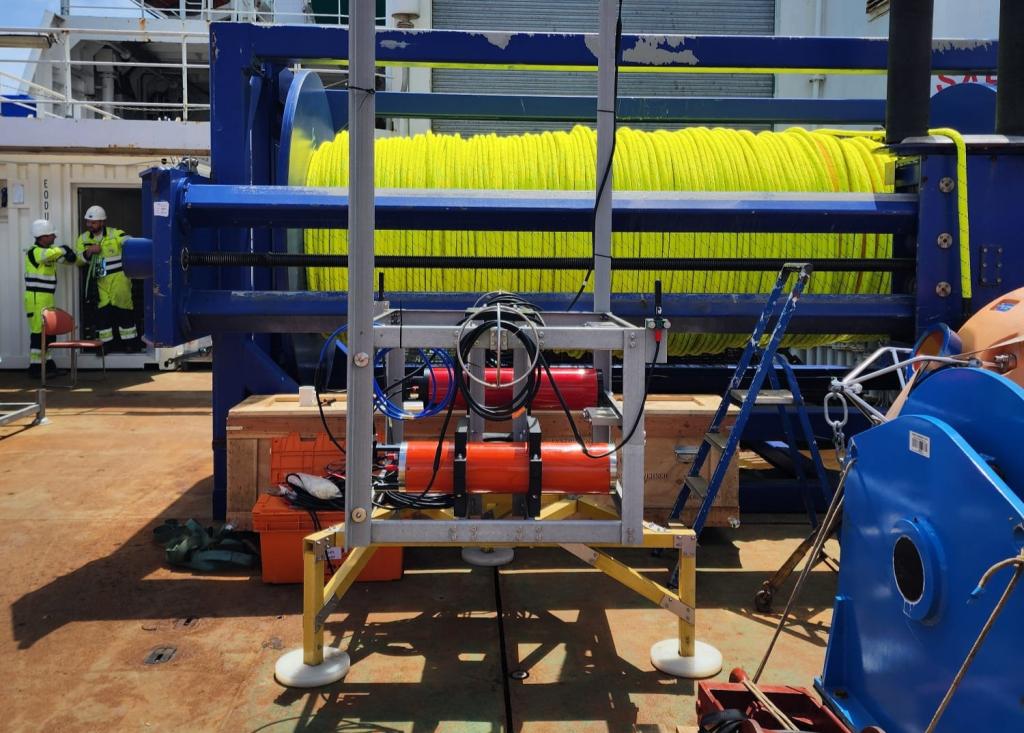
Listening for beaked whales
Another interesting part of the project is a collaboration with the University of Southampton to detect elusive beaked whales in the Whittard Canyon area.
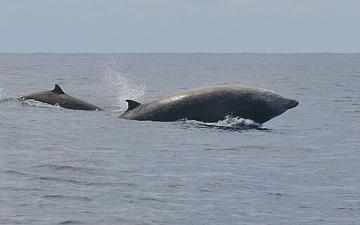
These creatures, which can dive to very deep depths, are hard to monitor as they avoid coastal areas and other areas of the ocean where there is human activity. They also have a specific frequency range and very focused calls, making them hard to detect acoustically.
Hydrophones need to be set to record a high frequency and even then, they need to be located in the narrow beam of the beaked whale’s call, and for the whale to be relatively close by in order to record these animal’s sounds.
Entering the unknown
As the hydrophones settle into the silence of the deep, they set to open a new channel of discovery—one that listens rather than looks.
In doing so, they promise to unveil the rhythms and signals of a world still largely unknown, offering a richer understanding of the deep North Atlantic and the life it sustains.
This project marks not just a technological step forward, but a shift in how we tune in to the ocean’s story—one echo at a time.